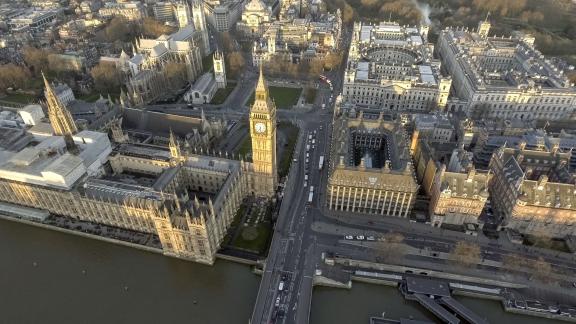NHS Confederation responds to the latest NHS performance statistics

• The total waiting list for procedures and appointments fell from 7.6 million in December to 7.58 million in January.
• Some 14,013 people were waiting more than 18 months (78 weeks) for treatment in January, up from 13,164 in December.
• 376 people were waiting more than two years (104 weeks), up from 282 people last month.
• Category 2 ambulance average response time for February was 36 minutes and 20 Seconds against the thirty-minute target for 2023/24. This is better than last month where it was 40 minutes and 6 seconds.
• Some 70.9% of patients were admitted, transferred or discharged from A&E departments within four hours in February, up on the 70.3% in January but worse than the 71.5% in February 2023.
• In January 70.9% of cancer patient were told they had cancer or had it definitively ruled out within 28 days, down from 74.2% in December. This is against the target of 75% and 62.3% of people treated began first definitive treatment of cancer within 62 days of an urgent suspected cancer referral, compared to 65.9% in December. This is against the target of 85%
Responding to the latest NHS performance figures, Rory Deighton, director of the acute network at the NHS Confederation, said:
“While the service has battled with intense waves of strikes, the latest data shows some very welcome improvements with the total waiting list for procedures dropping to 7.58 million in January. It is a testament to the incredible hard work NHS leaders and their teams have put in and shows the critical importance of capital investment in new estates, and how the NHS is able to significantly increase its productivity when we invest capital in it.
“However just because there are signs of recovery, this does not mean that there is a light at the end of the tunnel.
“People waiting more than 18 months and two years has risen and cancer treatment rates are still an issue, with people’s first treatment within 62 days of an urgent suspected cancer referral only just over 62%– this is well below the set target of 85% and is linked to the continuous capacity problems in the service.
“And although we are seeing an improving picture due to good planning from NHS England and our members, this has still been the second worst winter for urgent and emergency care, with performance still far worse than it was 10 years ago. Again, proving to be a glaring signal that we must look to long term perspectives, by investing in social care, workforce and capital if we are to free up patient flow in hospitals and have the capacity in urgent and emergency care (UEC).
“That is why we are calling on the next government to increase NHS capital spending to at least £14.1 billion annually, to commit to further funding for the NHS Long Term Workforce Plan and deliver a similar strategy for social care. This will be the right tools to help UEC to recover, and deliver safe care for an aging population.
“There is also the overhanging pressure of industrial action and for the service to fully focus on its long term targets, the government and the BMA must get back around the table to end the dispute, otherwise it will be continually the case where we take one step forward and two steps back due to the negative impact of those strikes.”



